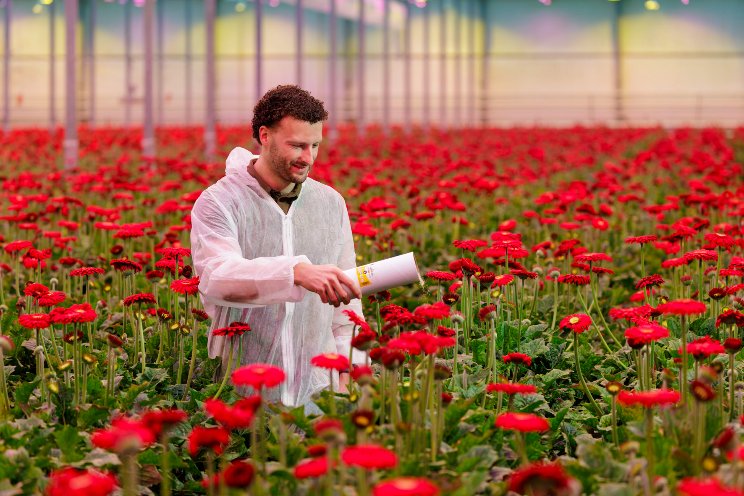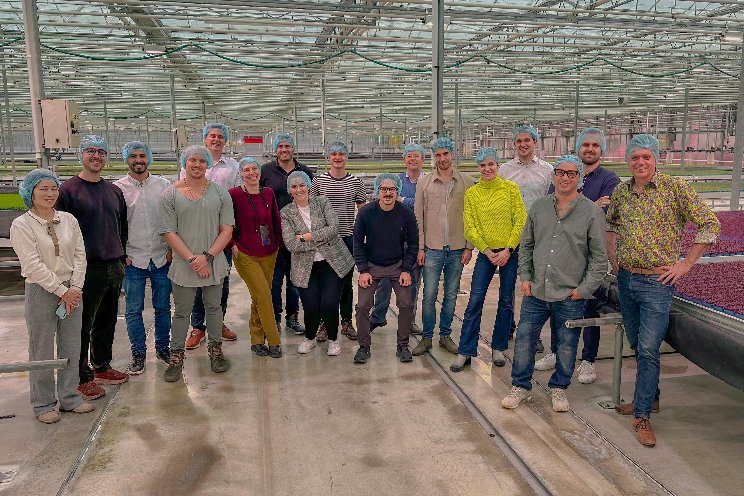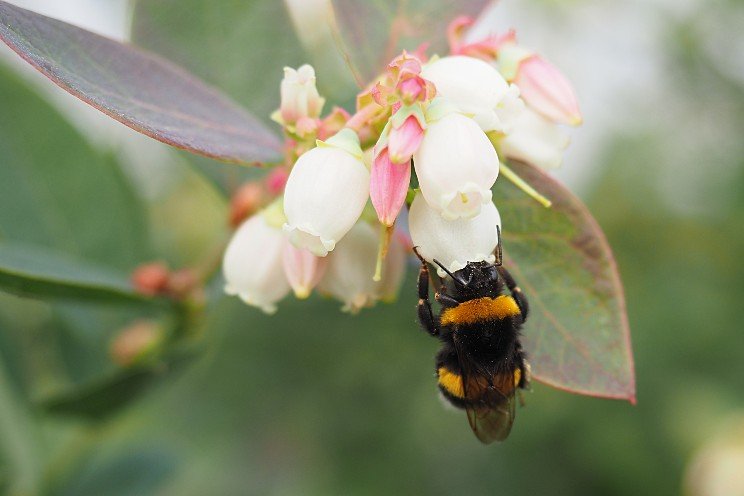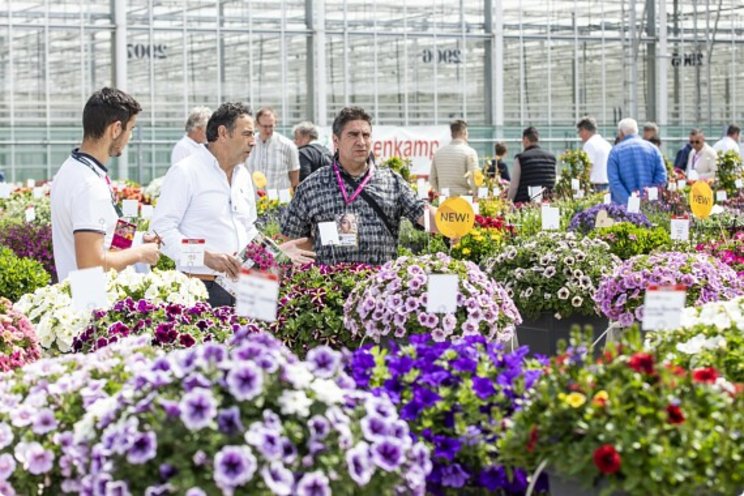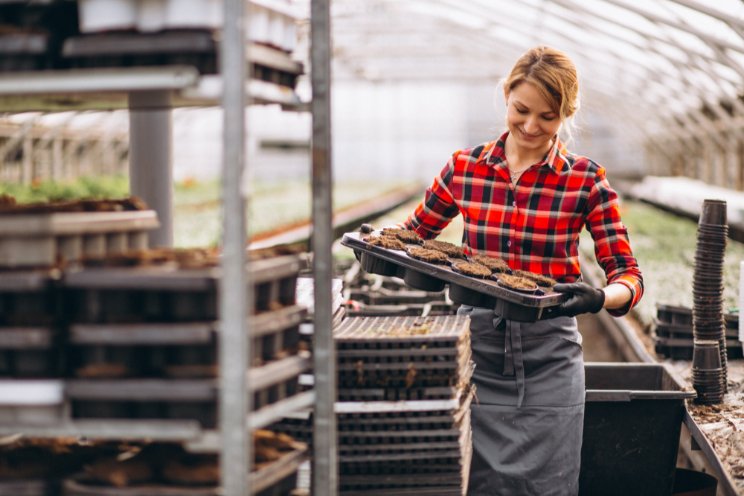Inhouse Farming, Aquaculture: Fish, algae and more indoors
Added on 25 July 2024

In addition to insects, vegetables, herbs and medicinal plants, today's indoor farms also produce aquatic candidates such as fish, crustaceans and aquatic plants in Controlled Environment Agriculture (CEA) systems.
The rapid growth rates of global aquaculture production are impressive. According to FAO 2022, 130.9 million tonnes of fish and seafood were produced in aquaculture, surpassingcapture fisheries (SOFIA, Fao 2024). Asia is the leading region. The EU countries, and therefore also Germany with traditional pond farming, are stuck in stagnation, limited by restrictions, environmental protection and nature conservation requirements.
Recirculating Aquaculture Systems - RAS
As early as the 1980s, the lack of new water rights for fish production, pollution of natural waters and the desire for manageability led to the development of so-called Recirculating Aquaculture Systems (RAS). Fish and other aquatic organisms were now grown and marketed independently of rivers, streams and lakes using filter systems and water treatment with minimal use of fresh water. This is not a simple technological solution. Each fish species has its own farming requirements and specially adapted feed. Some RAS systems soon had to close their doors again, as the recirculation and heating of the water was extremely energy-intensive and the marketing of the fish was not optimal.
The profitability of the recirculation systems improved remarkably once renewable energy was introduced as an energy source and RAS systems had developed further technologically. "Today there are 60 closed "AQUA inhouse farms" in Germany, which together produce around 3,000 tonnes of fish, crustaceans or algae - which is significant," says Dr Birgit Schmidt-Puckhaber, DLG Project Manager Aquaculture.
Aquaculture Theme Day on 13 November 2024
The Inhouse Farming - Feed & Food Show 2024 invites you to learn more about fish, crustaceans, algae and other aquaculture topics. Exhibitors will be showcasing their technologies, from turnkey solutions to specialised feeding and farming equipment. An entire day will be dedicated to this topic on the associated “Expert Stage.” On Wednesday, 13 November 2024, information on aquaculture will be discussed and exchanged in Hall 24: What is aquaculture and how do I produce pike-perch, sturgeon, sea bass, shrimps and aquatic plants of consistently high quality all year round? What are photobioreactors and what do I need to consider when growing algae? System builders and their producers will provide information about their experiences on the farms and international experts will report on how fish and vegetables thrive together in aquaponics systems.
Technological solutions for the innovative indoor production of feed and food have now been developed and are under evaluation. There is a need for action and optimisation in marketing. The economic success of the new system depends on the development of new markets and successful links to international trade, "otherwise the others will take the business," says Ulrich Averberg from the German Algae Co-operative. He and other experts on indoor farming products will be discussing the question with representatives from the retail sector: "How can we escape the marketing desert?"
"The Inhouse Farming - Feed & Food Show 2024 is committed to thinking ahead and rethinking the future," says Dr Schmidt-Puckhaber. The various facets of food and feed production in closed inhouse systems enable the creation of new material cycles and the utilisation of nutrient and energy flows, which will be demonstrated and discussed in Hanover. Unused heat from next door and electricity from the roof for prawns is the secret of the "Hansegarnelen" from Glückstadt, Germany, which Rupert Bauer will present. Algae and insects as feed additives will be discussed, as will nutrient solutions and CO2 binding in algae farms, packaging material from crustacean moults and insect growth on waste materials. "We focus on cooperation," says Gabriel Faysse from "La Ferme Integrale", an aquaponics system from France that produces 60 tonnes of vegetables with nutrients from pike-perch breeding.
During the breaks, "aquatic snacks" will provide culinary variety: In addition to classic smoked products, there will also be innovative products such as sea bass from Seawater Cubes, ginger shots with spirulina from Puevit and algae beer from Benelux.
Further information is available at:
Inhouse Farming – Feed & Food Show: www.inhouse-farming.com
EuroTier 2024: www.eurotier.com
EnergyDecentral: www.energy-decentral.com
More news
